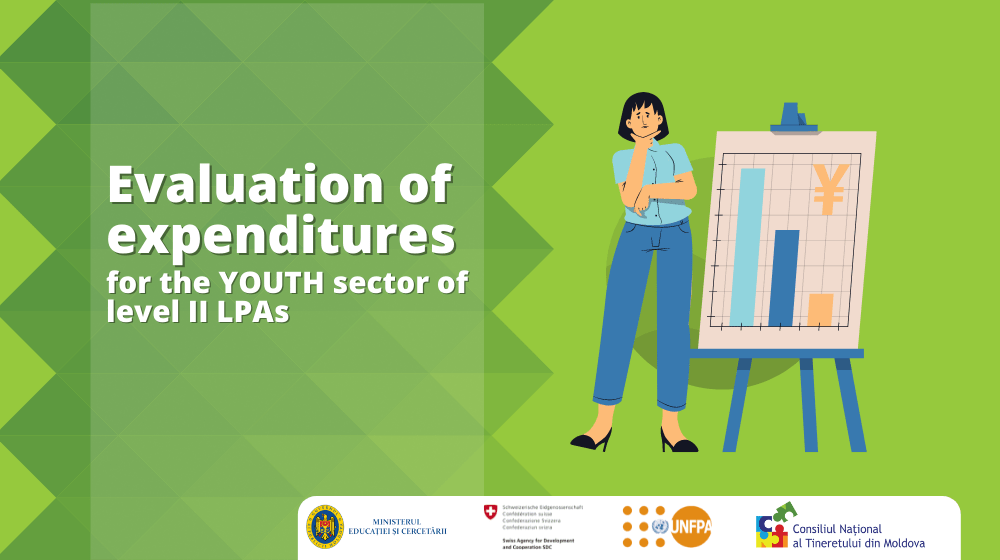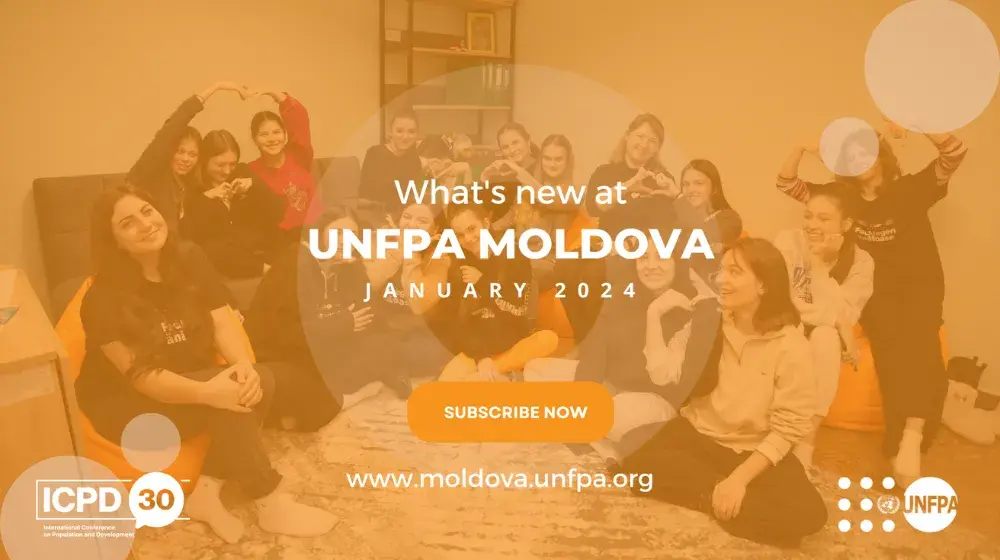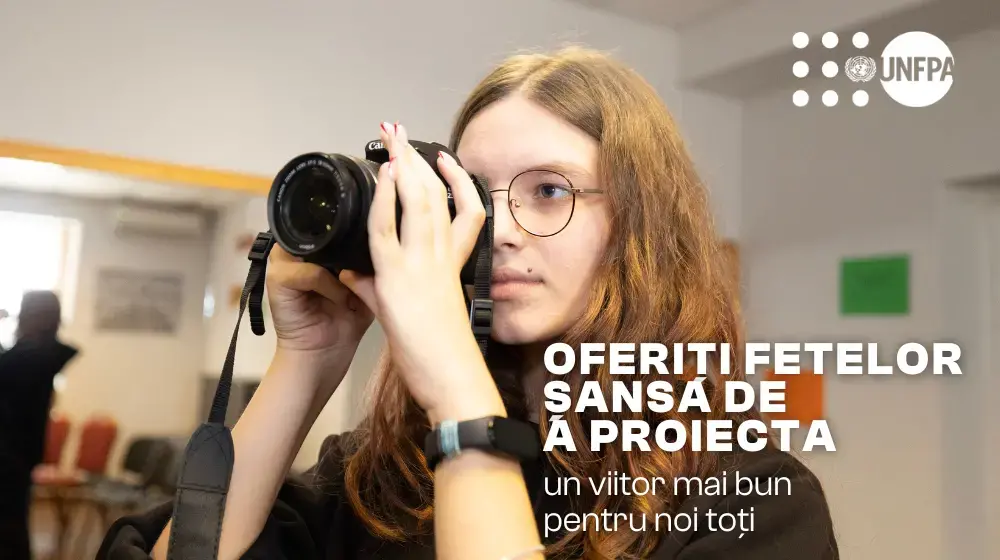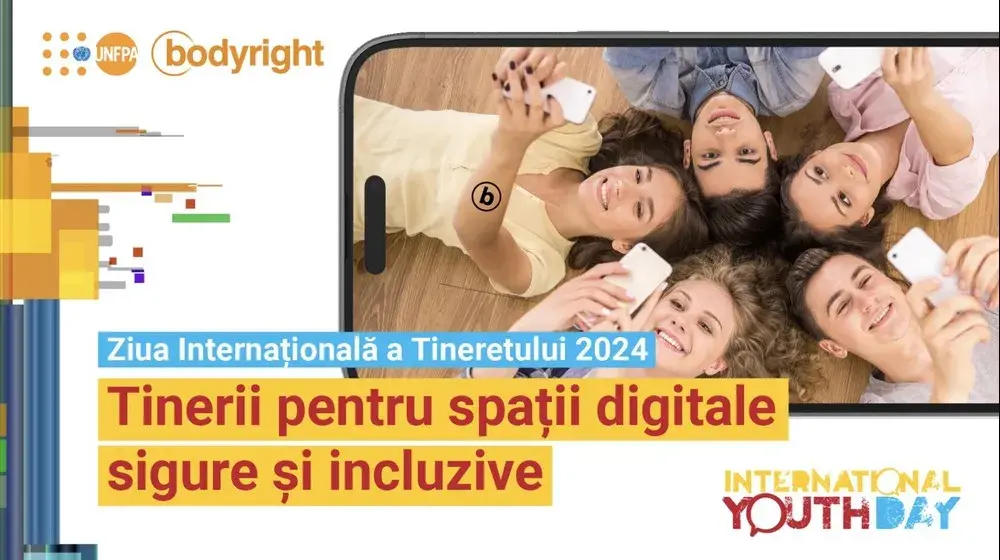In 2020, the expenses per young person averaged at MDL 23, with some districts allocating 0 MDL per beneficiary, while others — MDL 104.3 for each young person in the district.
Data received from level-two LPAs show that only 7 level-two LPAs spend more than the national average per young person, i.e. by 3 districts fewer than in 2019.
In addition, when asked if they engaged in actions aimed at increasing the local youth budgets in 2020, 67% of the young participants in the survey said they did not. At the same time, in some districts young people reportedly get involved, they are willing to participate, but their engagement in the decision-making was limited because of the pandemic.
Monitoring of the participation of young people and youth structures, including in budgetary processes, revealed that both young people and local authorities make efforts in order to facilitate young people’s participation in the decision-making, such as grant programs, access to conference rooms, some districts provide premises for the offices of local youth councils, etc.
Undoubtedly, young people and local youth structures foster participatory processes and, ultimately, contribute to increasing the local youth budgets. On the one hand, this is due to the existing partnership between level-two LPAs and the youth structures and, on the other hand, the local budgets are increased thanks to capacity building and mentorship programs on developing and promoting local budgets in line with young people’s needs. More attention should be paid to strengthening all active participation mechanisms and continuously monitoring the involvement of young people, as well as the future impacts caused by the COVID-19 pandemic, in order to ensure that dialogue platforms are available for young people and decision-makers, such as co-management committees for youth policies.
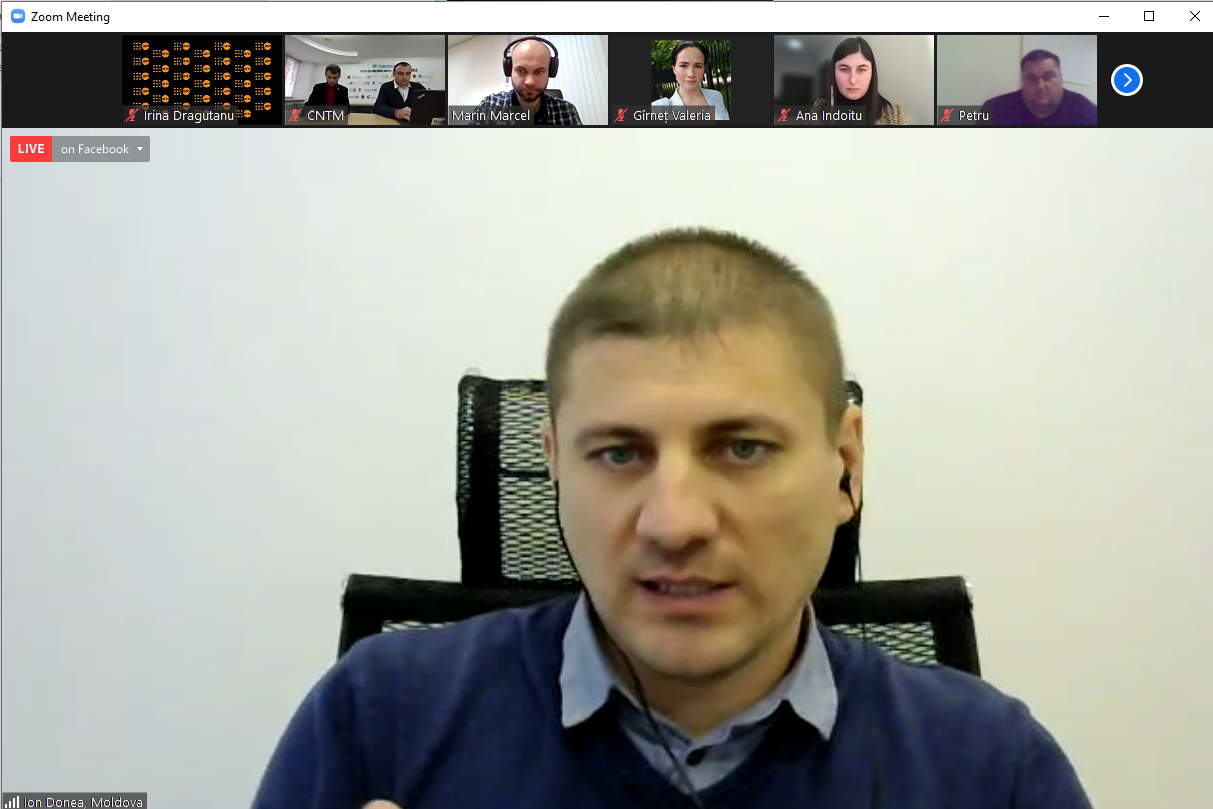
‘This annual report can be used as a baseline for developing local and national youth policies, as it contains an overview of the national youth programs implemented at the regional level. We are glad that comprehensive programs for youth infrastructure development and provision of quality services for young people are supported with the largest appropriations from local budgets; such as the Program for the Development of Youth Centres supported by UNFPA Moldova together with the Ministry of Education and Research, and Swiss Cooperation Office,’ said Ion Donea, Program Manager, UNFPA Moldova, during the online Report launching event.
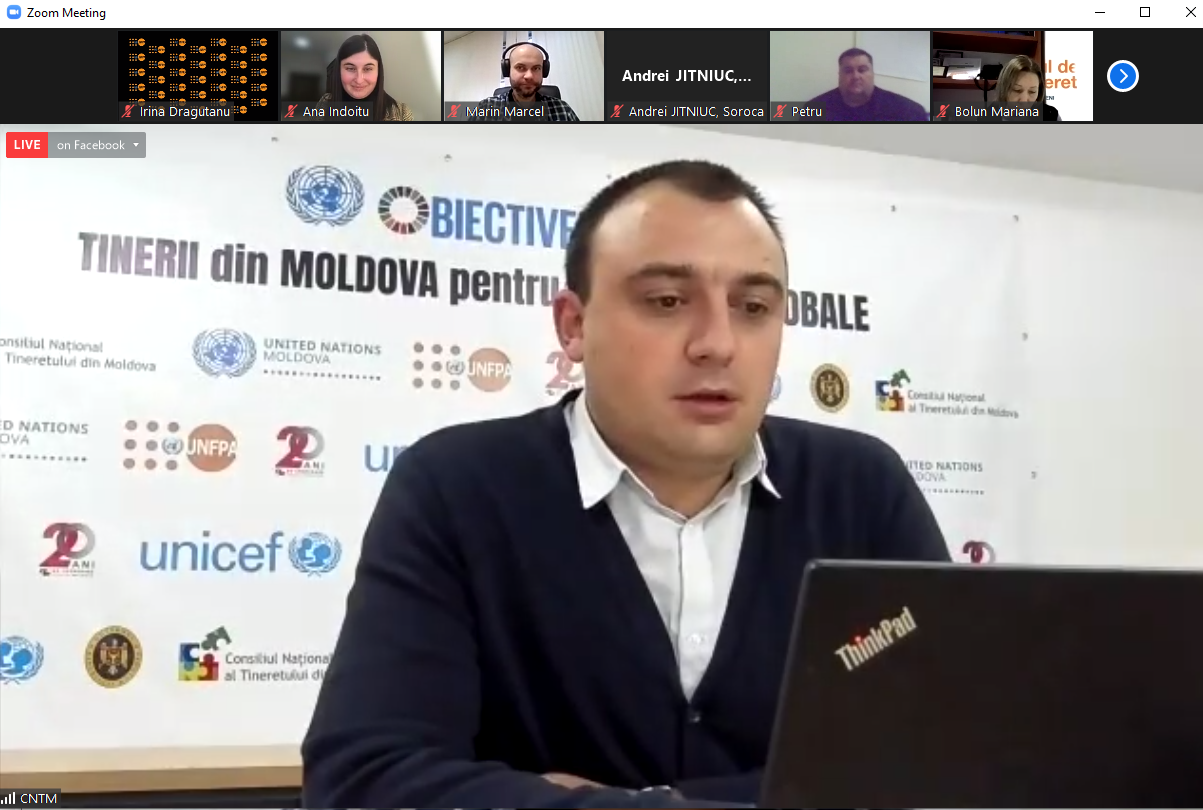
The author of the study, Roman Banari, mentioned that ‘The organizational process and budgetary discipline remain a problem within level-two LPAs. Despite a better execution of the 2020 budget, by about one per cent, there is still a significant gap between the appropriated and the executed budget.’ The author also mentioned that ‘in order to make young people be more active, it is imperative that central and local public authorities set the right preconditions that would strengthen young people’s role in promoting the rule of law, democracy, civic activism, rather than using young people as a mere decoration in the participation process or as a tokenism, as it often happens in Moldova.’
The analysis had been carried out under the ‘Participation of young people in developing and monitoring local budgets’ project, implemented by the National Youth Council of Moldova (NYCM) and focused on the following key topics: funding of the youth sector at the national level in 2020; expenses for the youth sector in level-two LPAs in 2020; as well as the impact of youth organizations’ advocacy efforts on the youth budget.
According to the National Bureau of Statistics, in 2020 the number of young people in Moldova amounted to 680.3 thousand, which accounts for almost 26.2% of the country’s population.
The study was developed with the support of the Joint Fund for the development of Youth Centres and strengthening participation and civic engagement among young people in the Republic of Moldova of the Ministry of Education and Research, the Swiss Cooperation Office and the United Nations Population Fund (UNFPA Moldova). The report will be published on the website of the National Youth Council of Moldova

